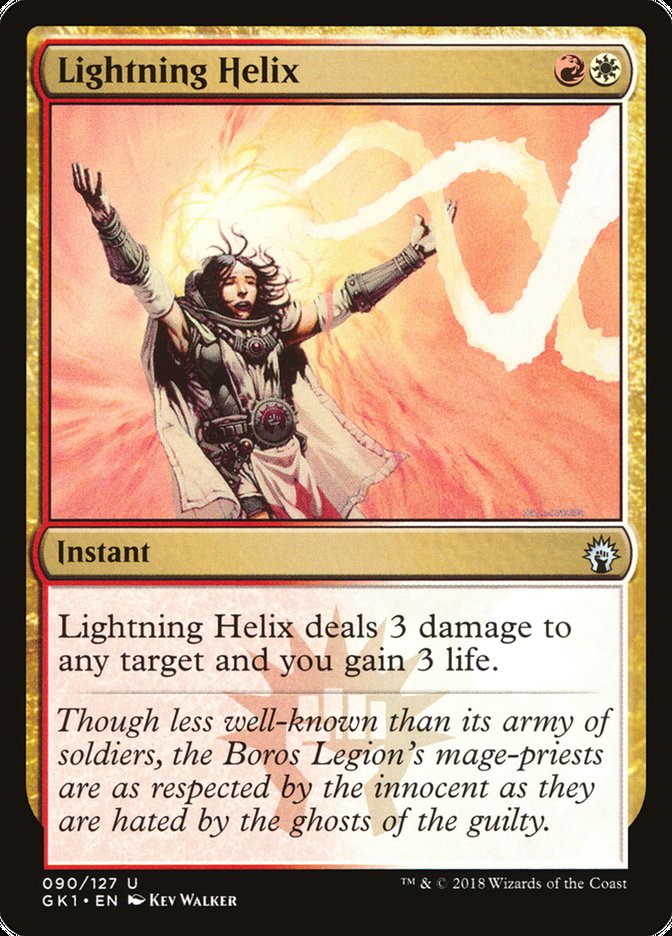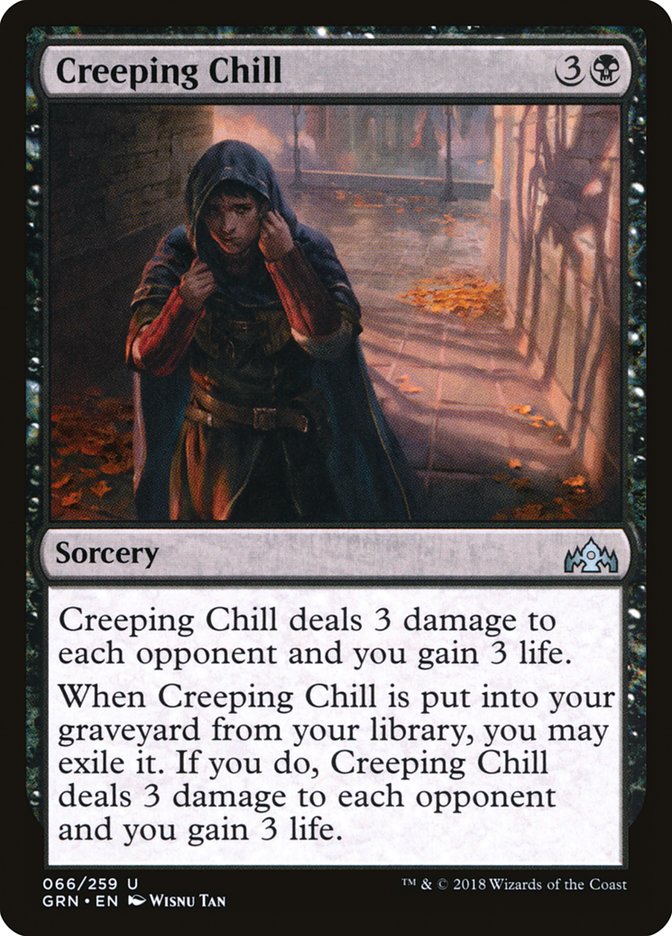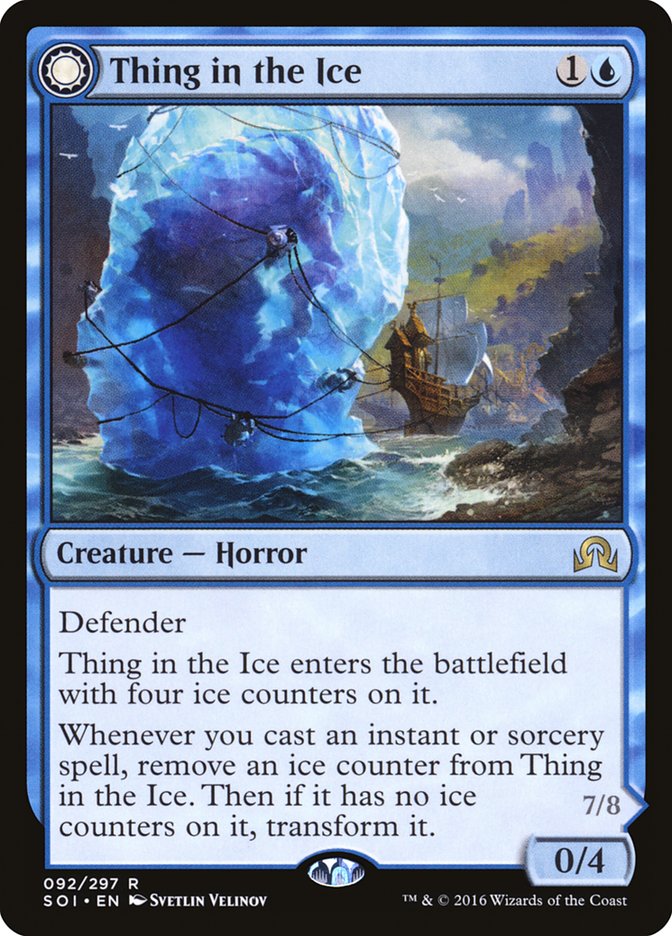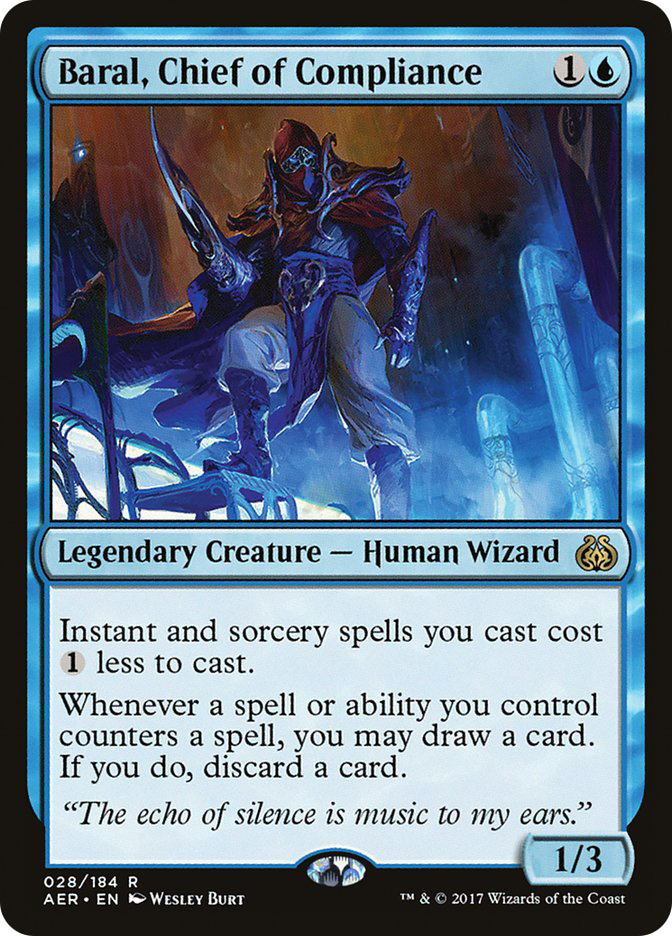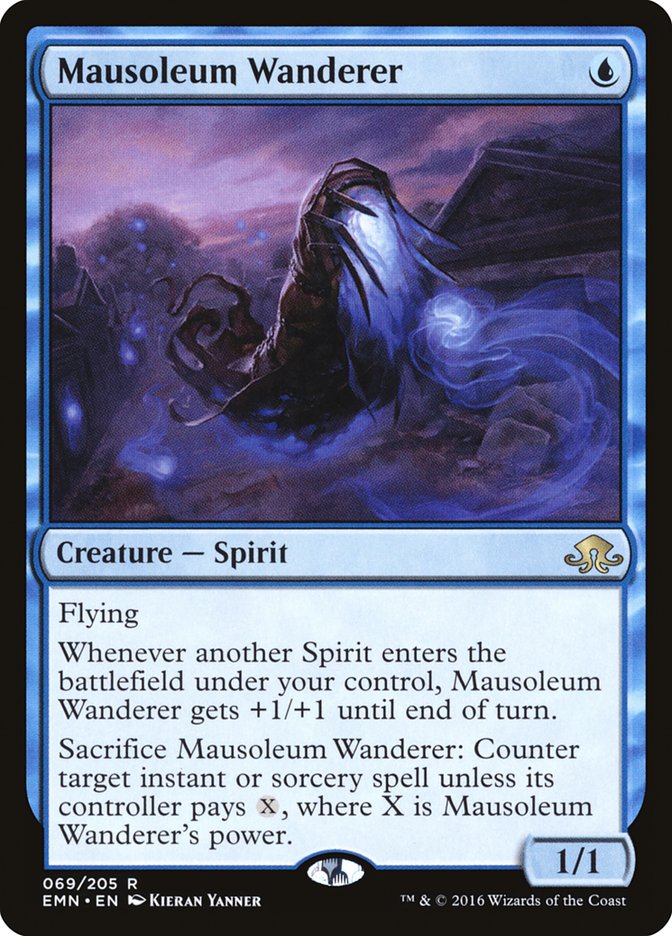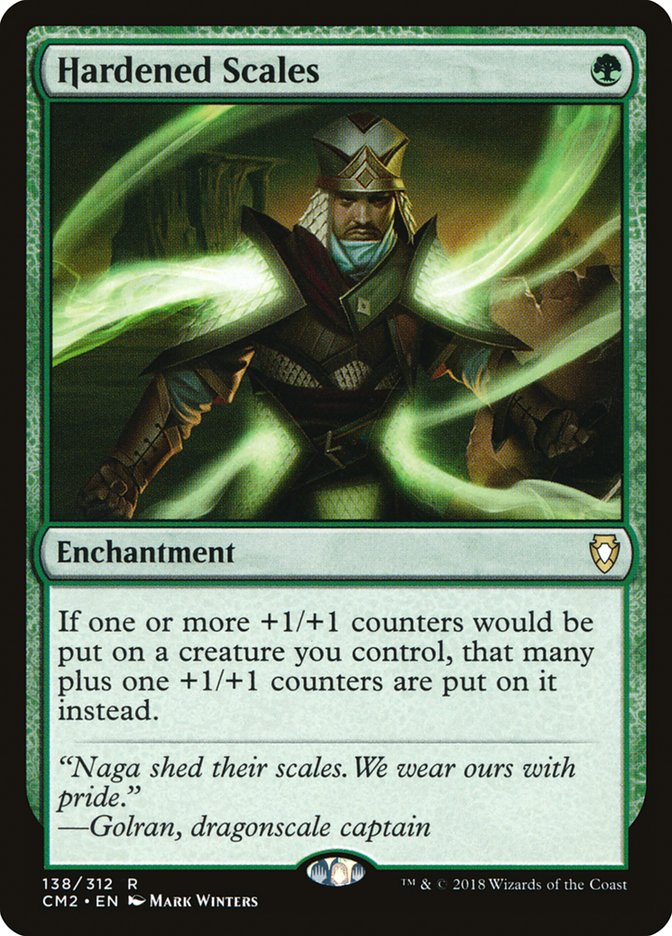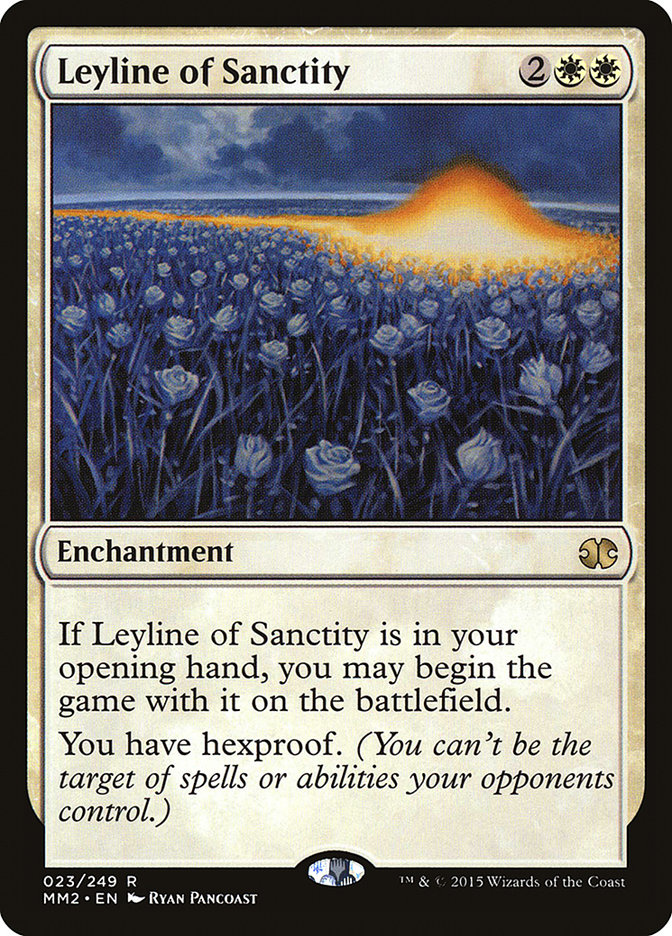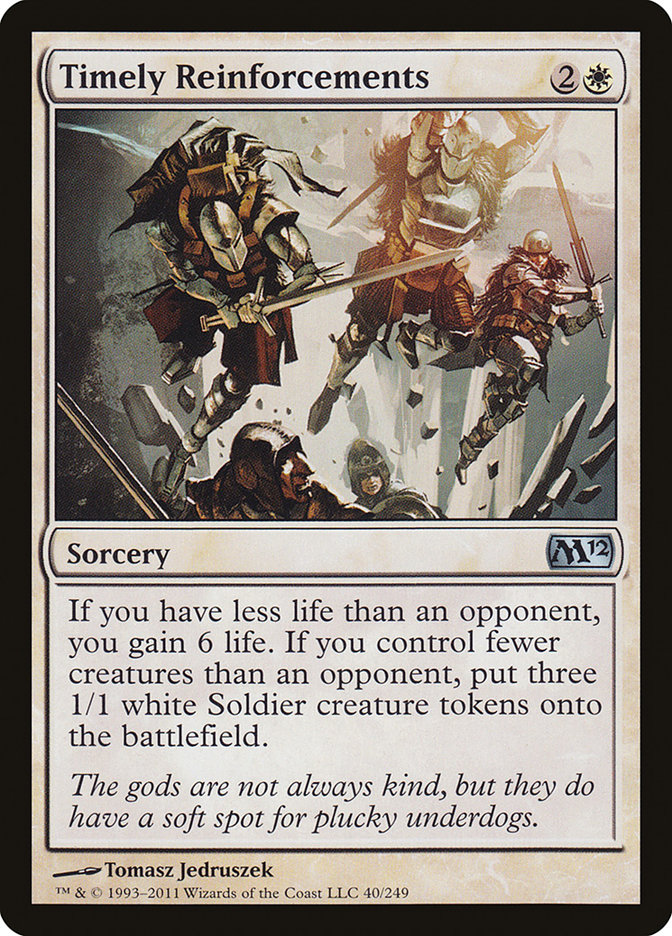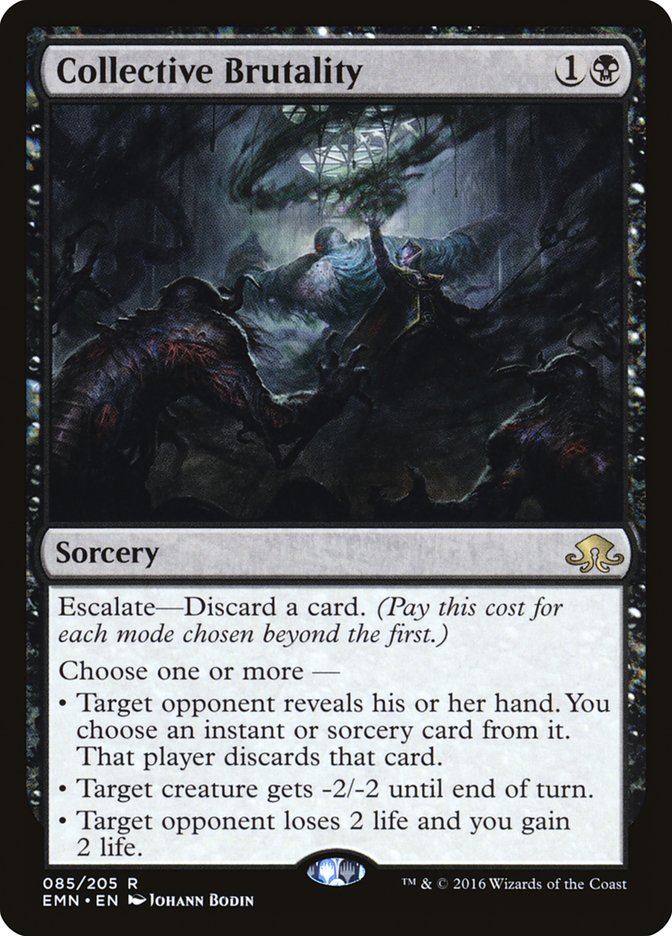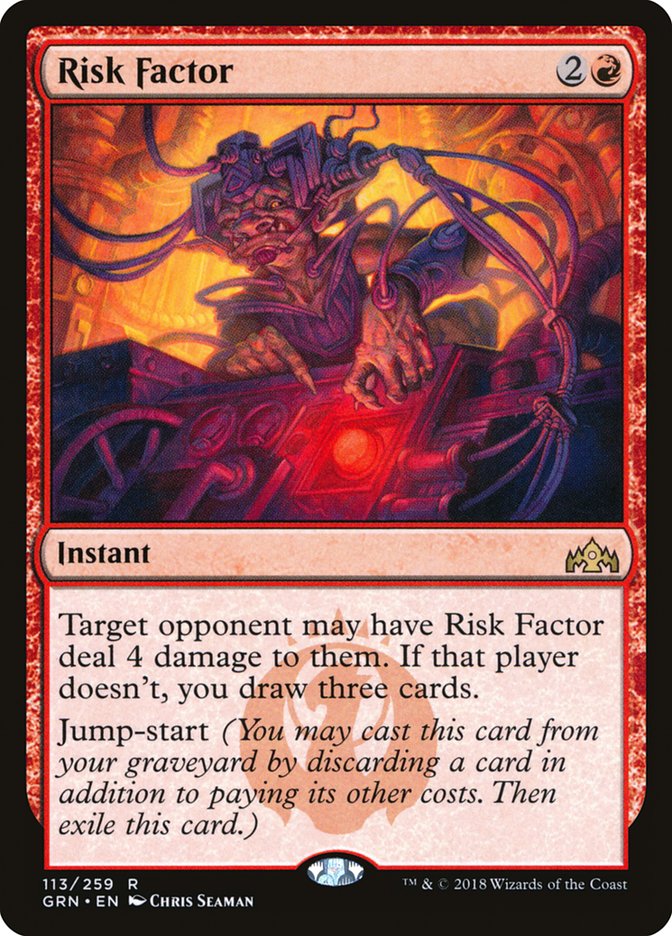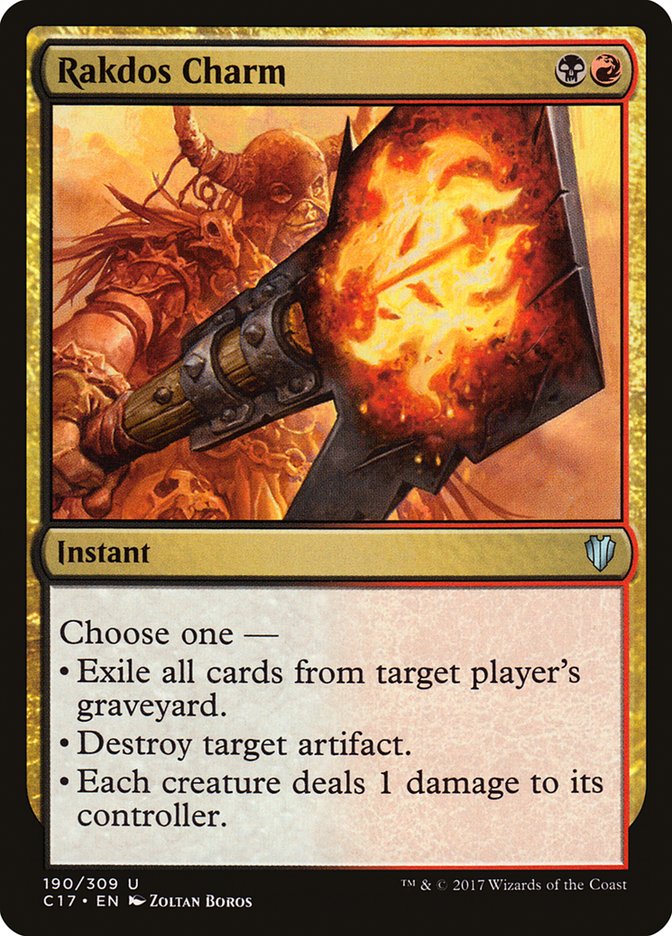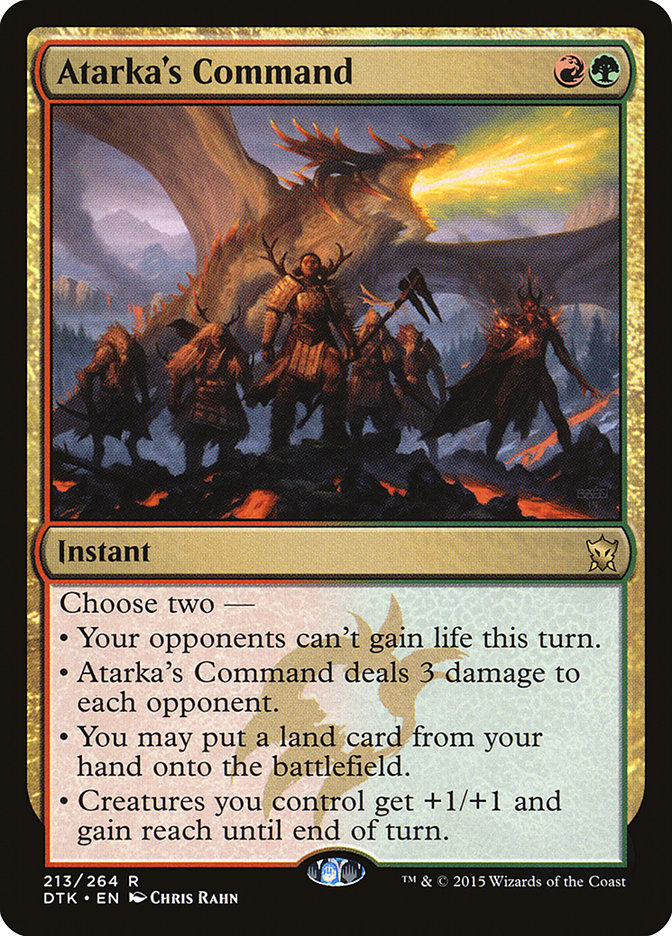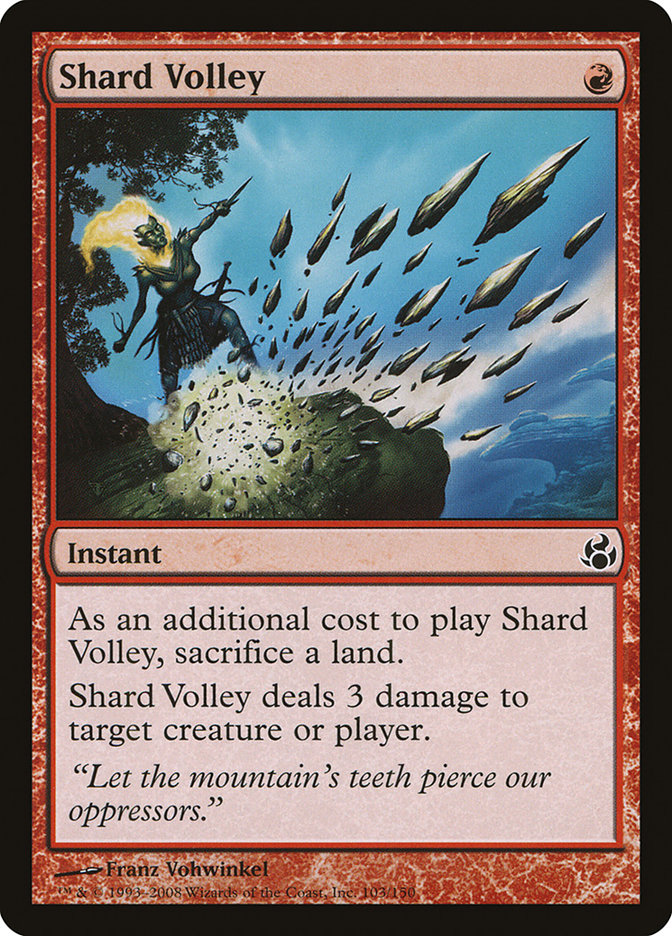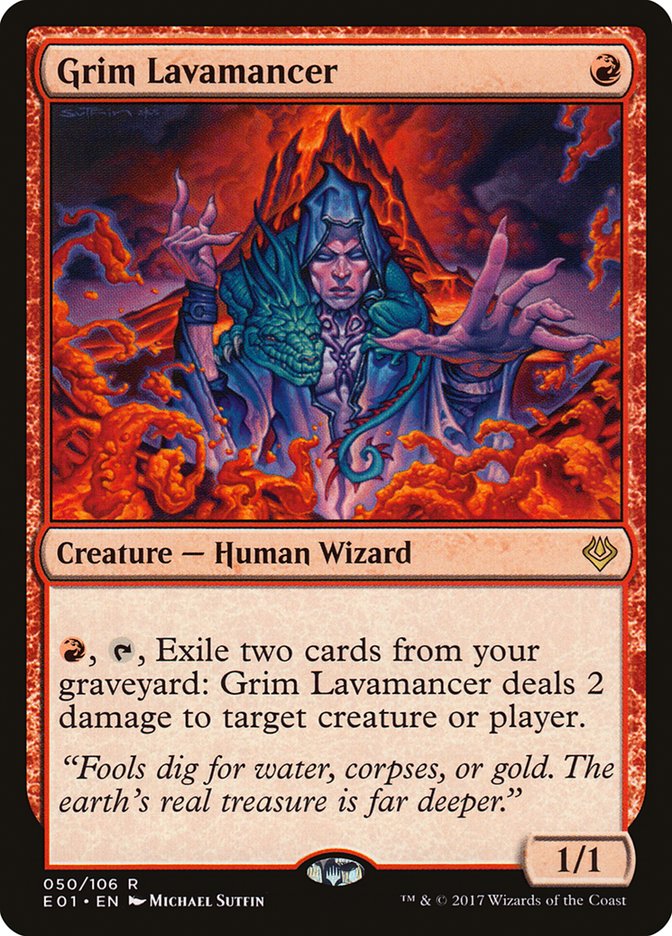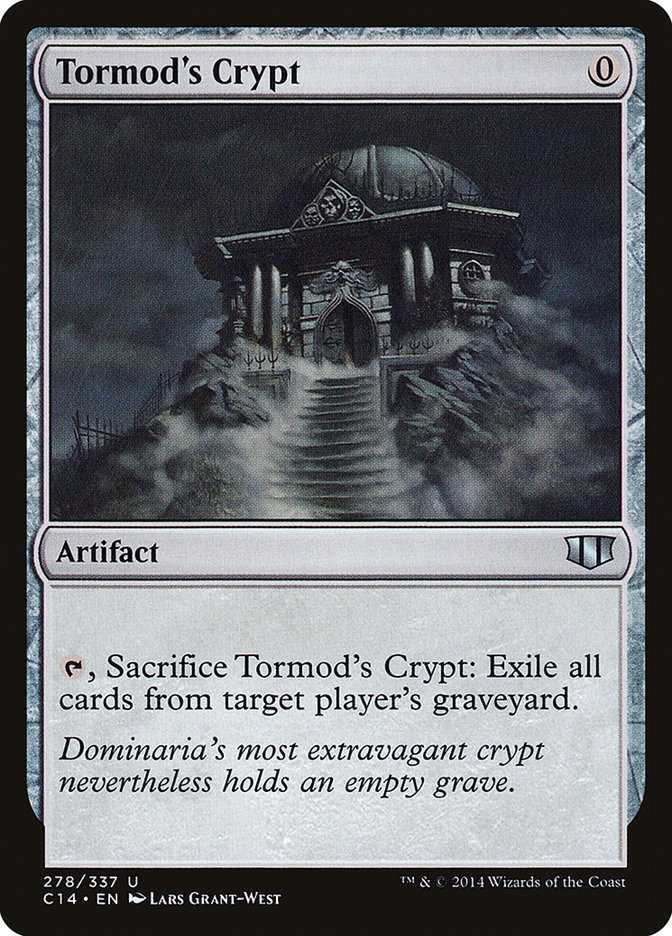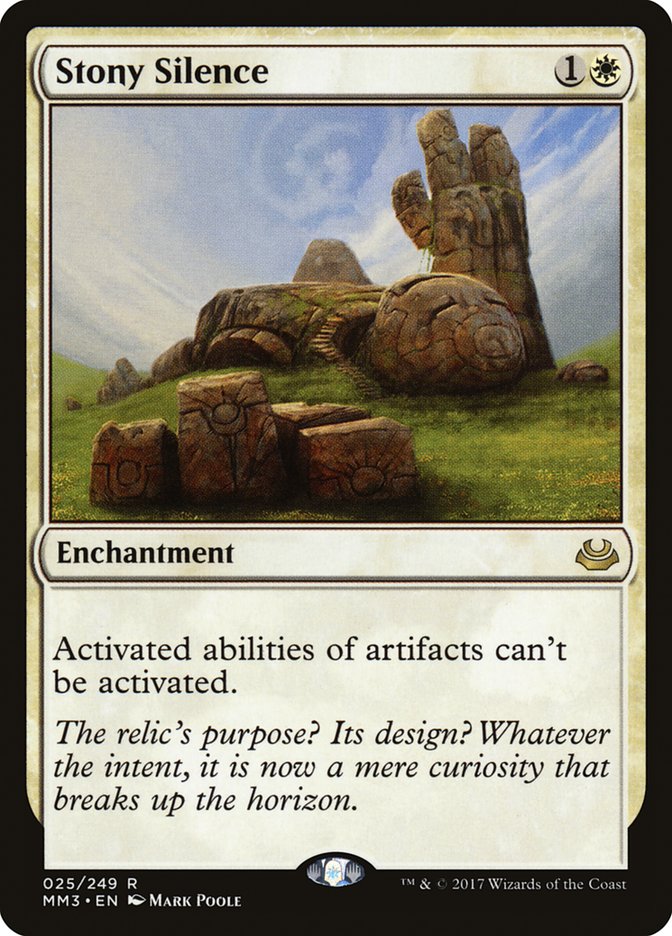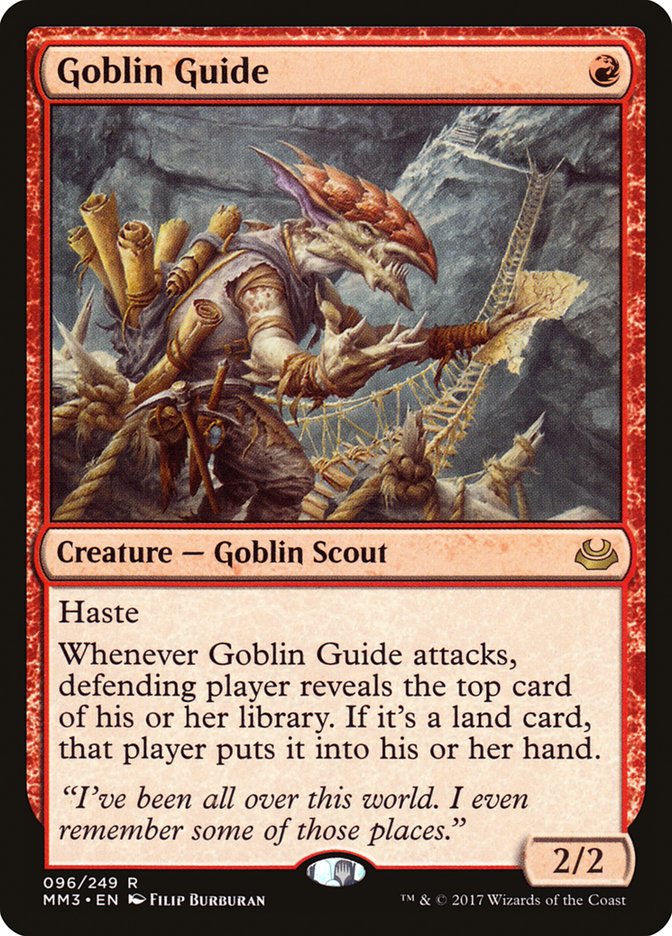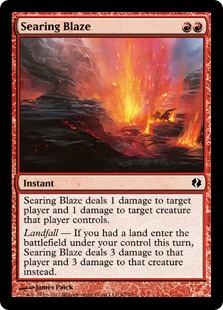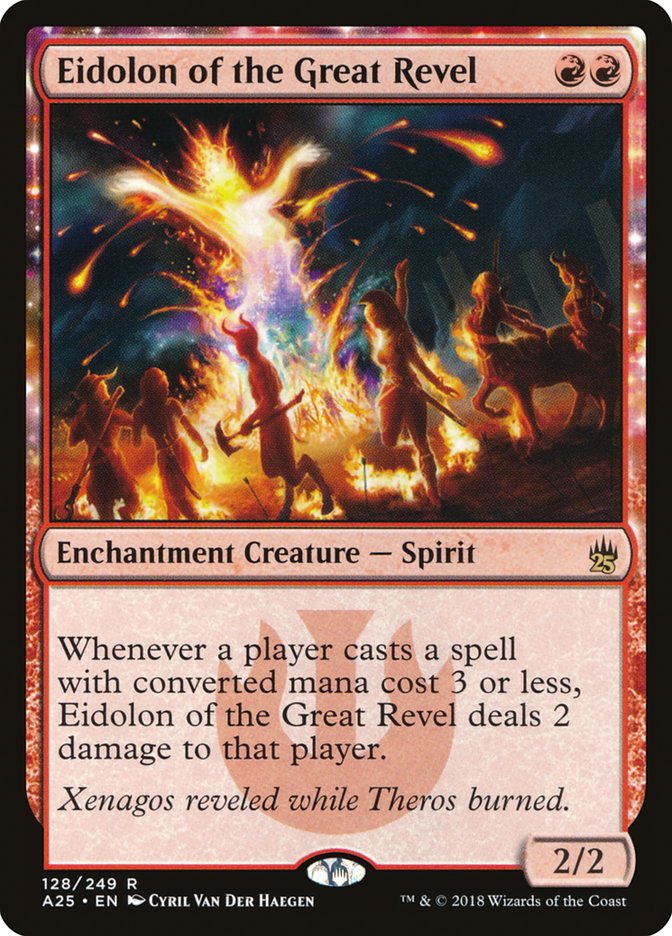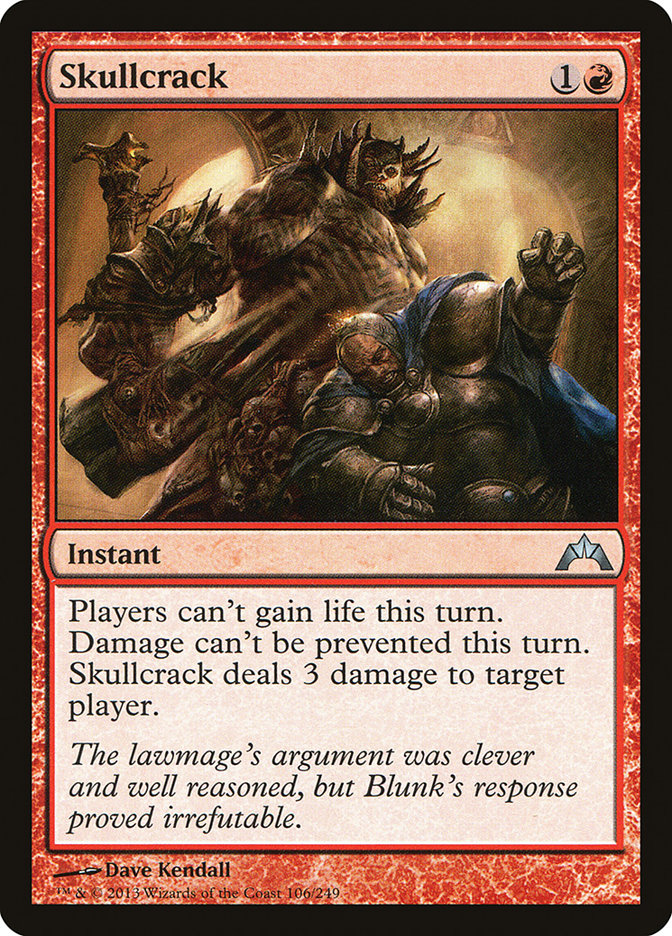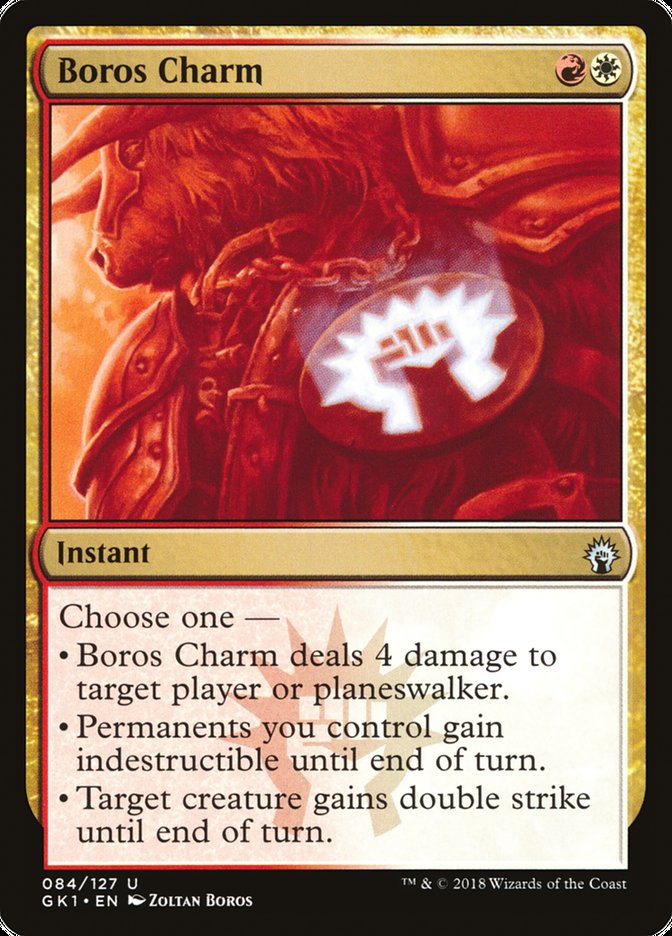If you haven’t read Emma Handy’s article on Burn from a couple weeks ago,
start there. Everything I say today is going to be an extension on what she built.
Creatures (13)
Lands (19)
Spells (28)
Sideboard

In typical god damn fashion, hit my literal last shot to
requalify for Mythic Championship Cleveland in the Magic Online RPTQ. Spent
3 weeks going 1-3/2-3 in Leagues with everything (13-15 decks depending how
you count), then tried Burn again. 24-5 over 4 events with it. pic.twitter.com/kB8nvaC6cz—
Ari Lax (@armlx) December
15, 2018
This last weekend, I was one of the winners of the Modern Magic Online
Regional Pro Tour Qualifier with Boros Burn.
What Happened?
“Burn is just going to be an average, flawed choice for the near future.” –
me, after the StarCityGames Baltimore Open
That was two weeks ago, what happened?
The two problem matchups for Burn just disappeared. Jeskai is still an
overhyped pile, and even if Brad Nelson
can win with it, you won’t.
Dredge is a pretty darn good deck,
but as I said last week it’s fortunes are tied to Ironworks.
Too many people were showing up with Leyline of the Void for it to
overperform.
Great results for Izzet decks of all kinds helped Burn. Eidolon of the
Great Revel is amazing against Manamorphose.
When I said two weeks ago that Arclight Phoenix decks were an issue for
Burn, those were largely mono-red and often featured the Hollow One cards
that were already issues. The Izzet versions are significantly easier
matchups, and all the tournament results after point towards them:
-
Ross Merriam’s
trophy performance -
The
top performing Modern decks at the StarCityGames.com 2018
Season Two Invitational
-
The Top 8 decks at Grand Prix Portland
I also include Death’s Shadow in this group, which is just a good matchup
once you know their tricks.
A small bonus was a drop in the shares of the “better” creature decks,
which are close matchups. Both Hardened Scales and Bant Spirits are
well-positioned against your sideboard anti-aggro tools of Grim Lavamancer
and Searing Blood. Searing Blaze alone can’t win every game. Bant Spirits
just has loads of three-toughness bodies, and Hardened Scales has Welding
Jar, Arcbound Ravager, and more to prevent Searing Blood from triggering.
Beyond that, Bant Spirits has a ton of good interaction with Spell Queller
and Mausoleum Wanderer and any Hardened Scales draw with the namesake
enchantment quickly bricks your creatures and bashes you.
On a fundamental level,
Burn is also solidly a linear deck, not a midrange-linear deck.
Your great hands are turn 3 kills, your deck has built in interaction, and
it’s oddly resilient in a pseudo-free way because you can always draw
another Lava Spike. It’s a similar goldfish power tier to Dredge, more
reliable than Tron, and I won a lot on the draw.
This means people must show up with real hate for your deck to win. Who’s
even playing Leyline of Sanctity or Collective Brutality anymore? The
problem has always been incidental maindeck hate and, like I said, that
isn’t happening. Burn has the gap in coverage and it showed.
The Things You Can Barely Change
Emma really did a good job going over the options in Burn,
so I’m going to barely add two cents.
I hate three-drops. Burn’s role is a linear deck, and a big part of that is
being able to multi-spell on turns. You already have a two-drop overload
issue, so more expensive spells isn’t the answer.
Adding a third color is a huge life cost. The issue isn’t that you always
need black or green mana, but that you need to cut Inspiring Vantage for
Wooded Foothills and fetch untapped shocklands more. For a splash to be
good, you must be in a weird spot where life doesn’t matter, and these
cards are needed and good enough to cover hate. I’m going to be three decks
away from Burn by that time, so figuring this out is someone else’s job.
I considered a Shard Volley over the last Lightning Helix but wanted
consistency, and I have no clue if it’s right. You must cut a two-drop for
it as the sacrifice meshes poorly with your “expensive spells.” Grim
Lavamancer is killing less Spirits than Humans, hence the trim there.
My big sideboard difference is more hate cards, less Path to Exile.
Path to Exile is the most overused Burn card. It doesn’t Burn them. I only
really like it against decks that are racing me with huge bodies I can’t
Searing Blaze, but also aren’t going even further over the top of it, and
where the body isn’t replaceable. That means Grixis Death’s Shadow, Hollow
One, Hardened Scales. Not Tron, not Primeval Titan. I’ll play a copy
against Humans or Bant Spirits largely because the worst card in my deck is
unexciting, but more cuts into my damage counts.
To beat Dredge and Creeping Chill, you need six or seven mixed hate cards.
On the draw, Rest in Peace is too slow unless you Tormod’s Crypt into it,
and on the play, Dredge can reload through a Tormod’s Crypt before they
die. I started with Grafdigger’s Cage, but it doesn’t stop Creeping Chill.
Relic of Progenitus is a slow joke.
You can either play this many hate cards or you can play a couple Rest in
Peace because you want it against Ironworks and Traverse the Ulvenwald or
whatever. I didn’t like my other sideboard options, so six slots went down
the drain. Use them better if you want to.
Stony Silence seems good at first glance, but all the decks you want it
against will have a million Nature’s Claim anyways. The threat of it is key
because it forces them to draw dead cards. If you don’t see Stony Silence,
their Nature’s Claim still kills Eidolon of the Great Revel or gains life.
The Perfect Roast
That’s why you play Burn and why you play these cards. What about the how?
Emma touched on the baseline of trying to maximize your spell’s damage
before you die, but there’s no better way to look at this than via actual
gameplay examples.
(If you really want a perfect actual holiday rib roast, as in the food,
I would recommend the reverse sear
, medium-rare. It’s not only better, but it’s easier!)
What are you keeping? The basics are anything with two or three lands and a
creature is a slam dunk, but what about the edge cases?
I don’t have any four-land hands to show because I got lucky enough to win,
but most of them are mulligans. You probably need multiple creatures and I
would guess the third spell needs to be another creature or a potential
really high-impact spell to represent enough damage over time. Maybe you
can keep Goblin Guide or two Searing Blaze on the play in some matchup or
another, but it’s dicey.
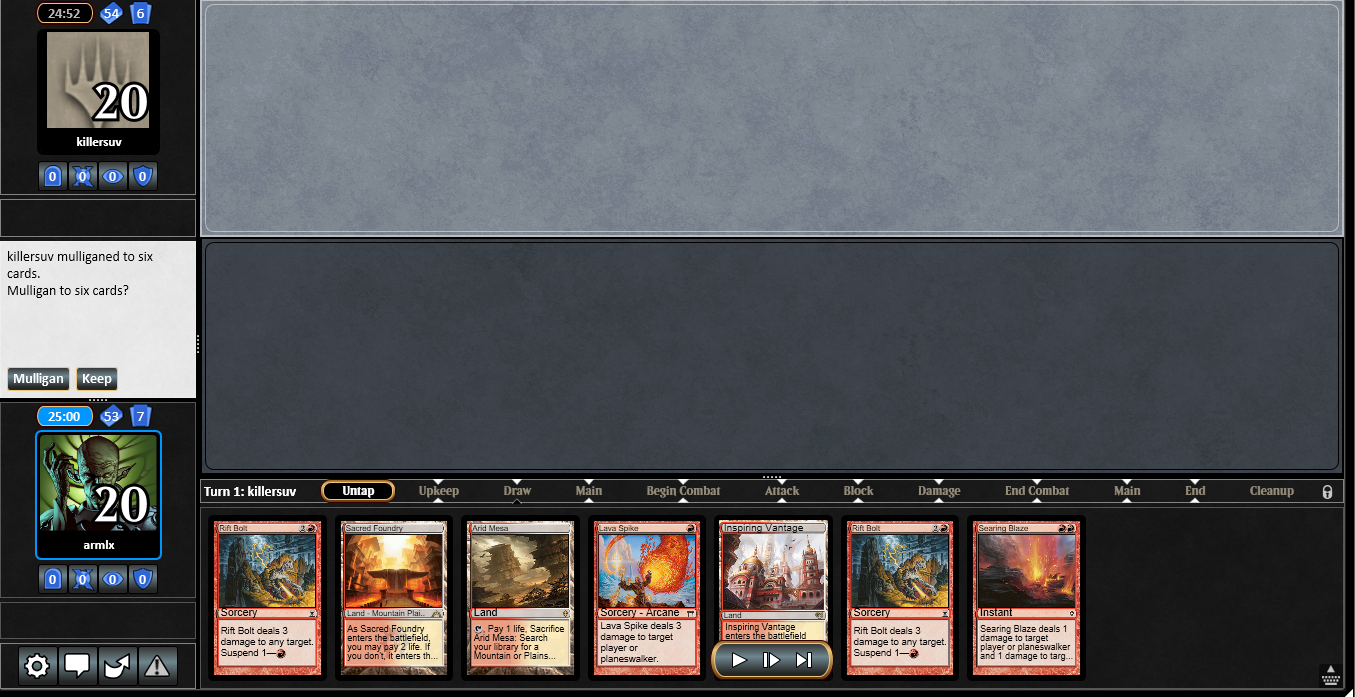
This was my first hand of the event and it was a close one. My opponent
mulliganed to six, and I assumed I would have an extra half a turn to draw
out of this. I had Searing Blaze to help that along, and I had multiple
one-drops to be sure to cast two spells on turn 3 leading to a possible
double spell lethal on turn 4 if they self-damaged. The sequencing for turn
3 part is probably the biggest, the opposing mulligan second, and Searing
Blaze was largely replaceable with any higher impact spell.
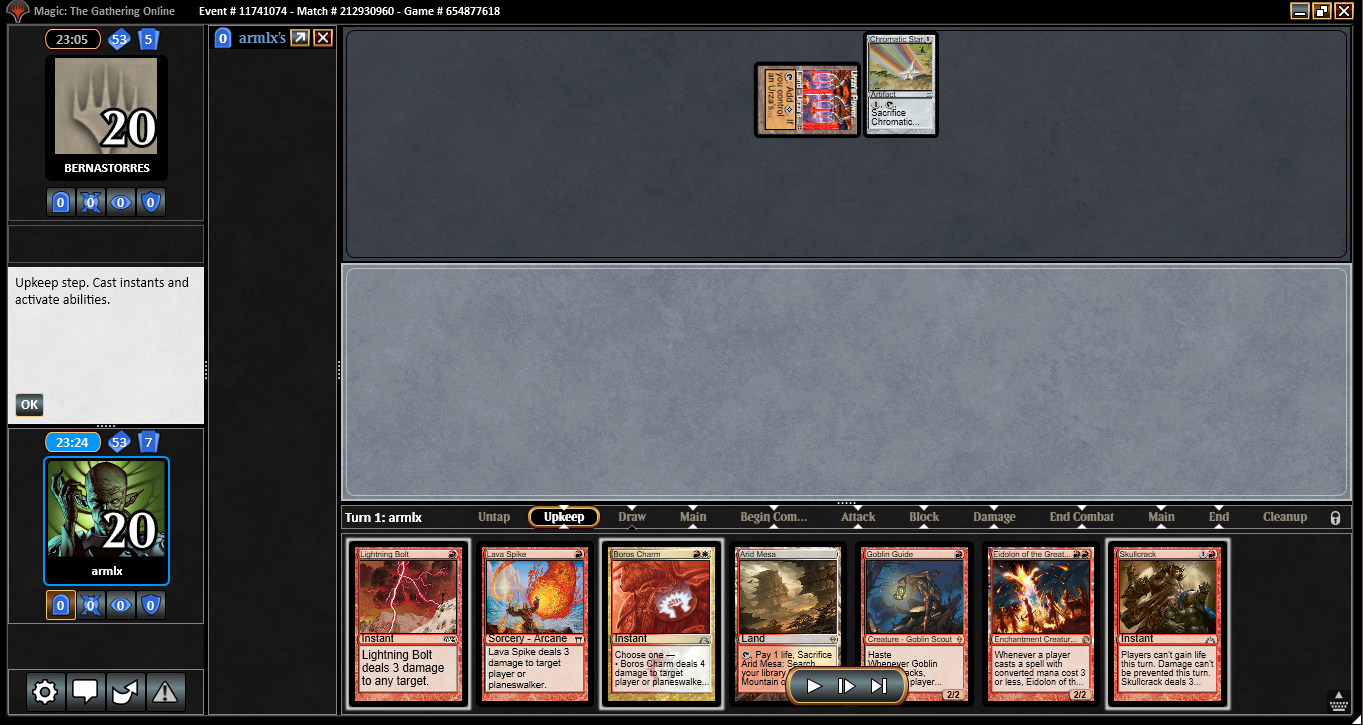
What about one land? You need a one-drop creature and you need multiple
other one-mana spells to keep playing. Multiple creatures are ideal. If
your two-cost spells are high impact for the matchup that’s a bonus too,
and if your creatures get quickly blocked down in the matchup, that’s a
minus. Tron isn’t blocking a Goblin Guide unless I’m dead, so this was an
easy keep in Game 2, but even without context I would keep.
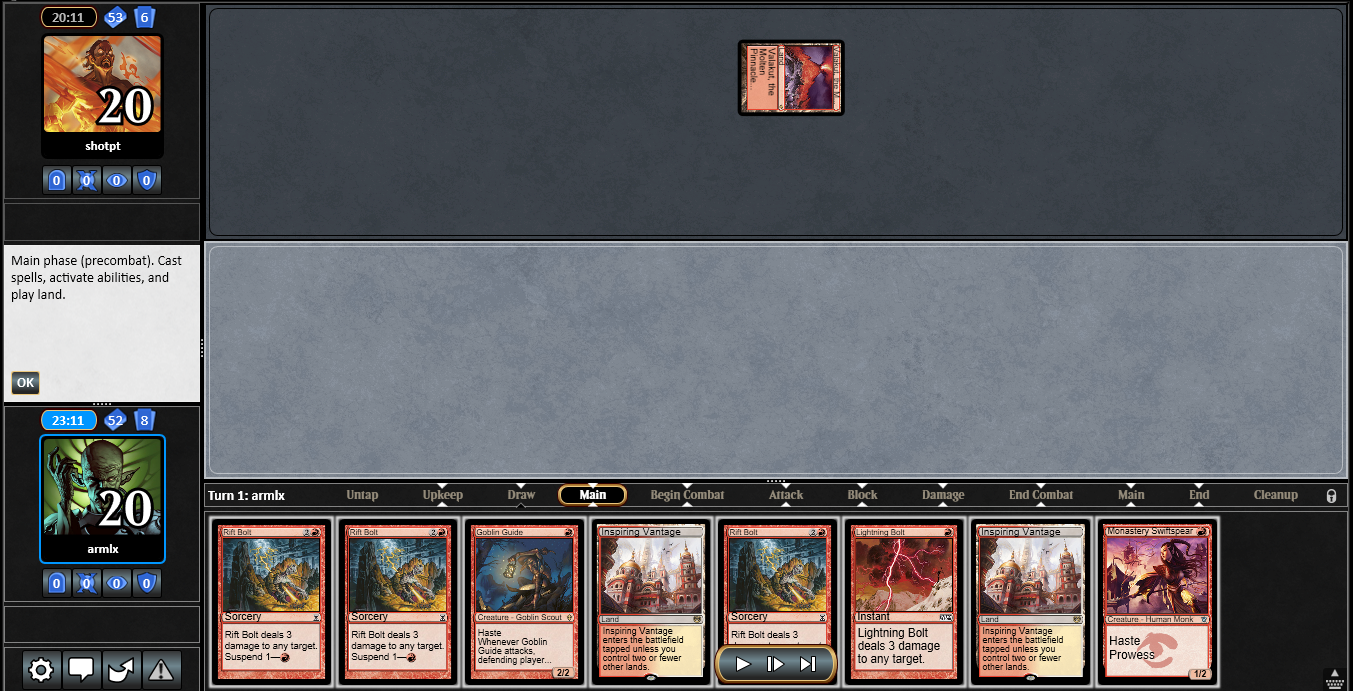
Let’s now trace a game to talk about sequencing.
I’m leading on Goblin Guide over Monastery Swiftspear. I just want the
assured maximum damage and Goblin Guide hits for two this turn. Even if
they had removal, Swiftspear usually hits for two a turn later in the game.
Them killing your Goblin Guide first just saves triggers.
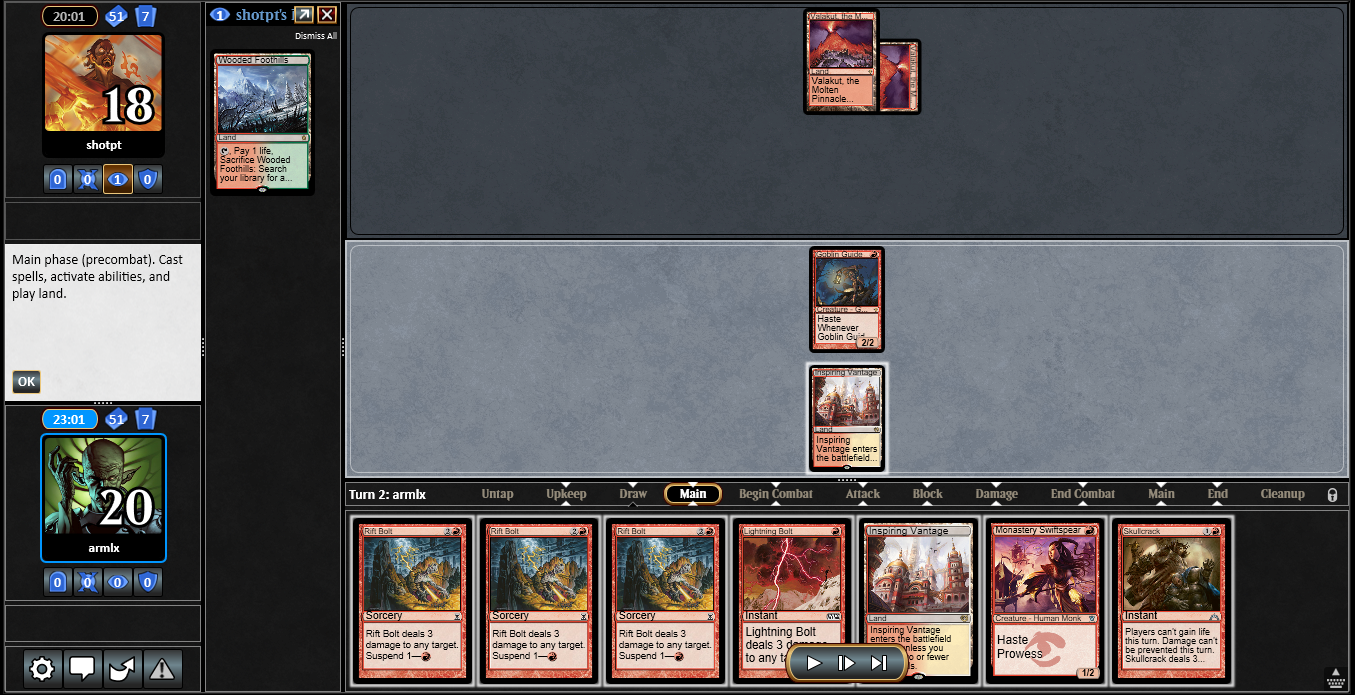
Next turn, add Skullcrack to the equation. Our opponent’s lifegain is
Obstinate Baloth and we want to leave up Skullcrack next turn, but not this
one. That means we are casting Monastery Swiftspear and doing math. Do we
suspend Rift Bolt or Lightning Bolt?
The reason to suspend Rift Bolt is if we don’t hit lands, it disrupts
leaving up Skullcrack where instant Lightning Bolt doesn’t. Let’s assume
Swiftspear dies, otherwise this win is too easy. Do we need the extra
prowess damage now?
The default attack for three puts our opponent to fifteen, which is our
burn in hand. Even if they use the Wooded Foothills that’s fourteen life
and the bonus Prowess would be thirteen, which doesn’t cut a burn spell
from the multiples of three total. If they find a Stomping Ground untapped,
we’re back to twelve, which saves us a burn spell without a bonus prowess.
Learn your multiplication tables of three and apply them. If we had Boros
Charm, that would be a different story, as thirteen adds up.
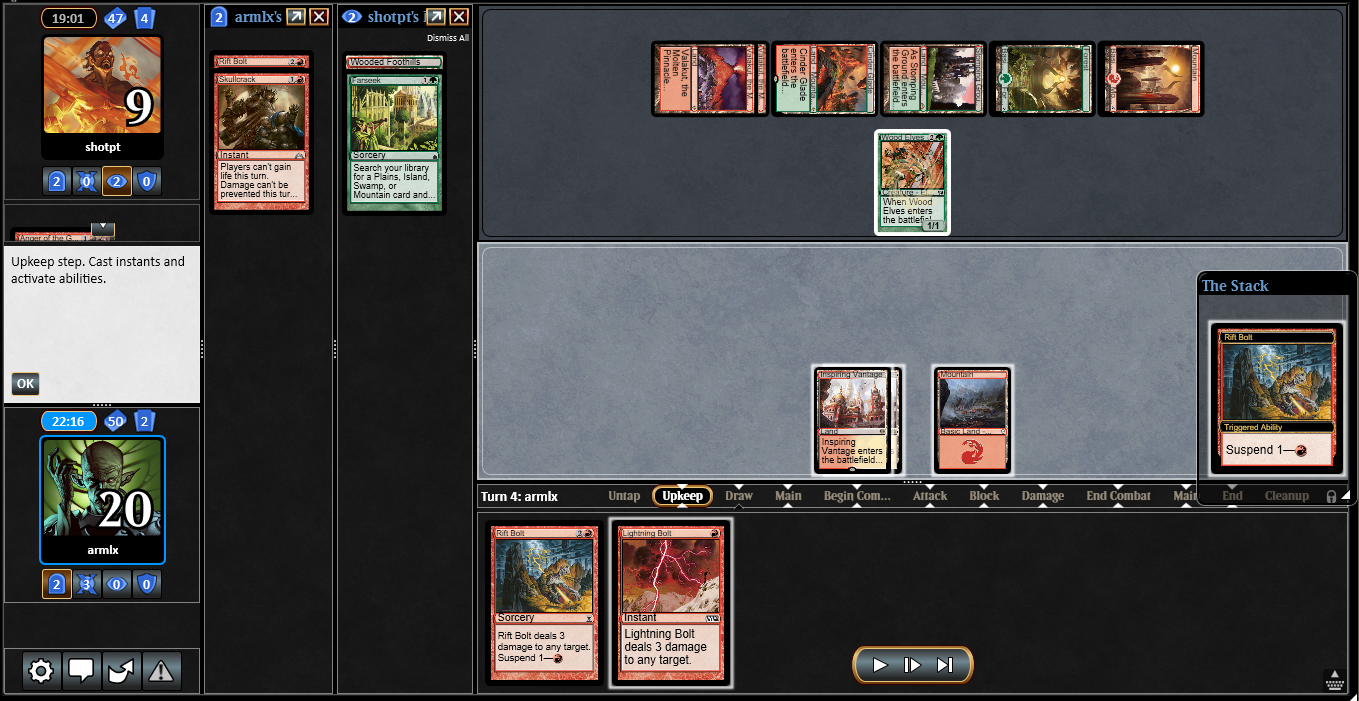
A final reminder: You can cast Rift Bolt. Here our opponent is threatening
a lethal Scapeshift next turn with land plus ramp spell to eight lands. As
a result, we expended our Skullcrack on their end step, unsuspended our
Rift Bolt to put them to six, then put them dead to any untapped land to
cast Rift Bolt plus Lightning Bolt or any three-damage spell to pair with
our Lightning Bolt.
The other lesson is to know when you are going to die and know when that
means you must move.
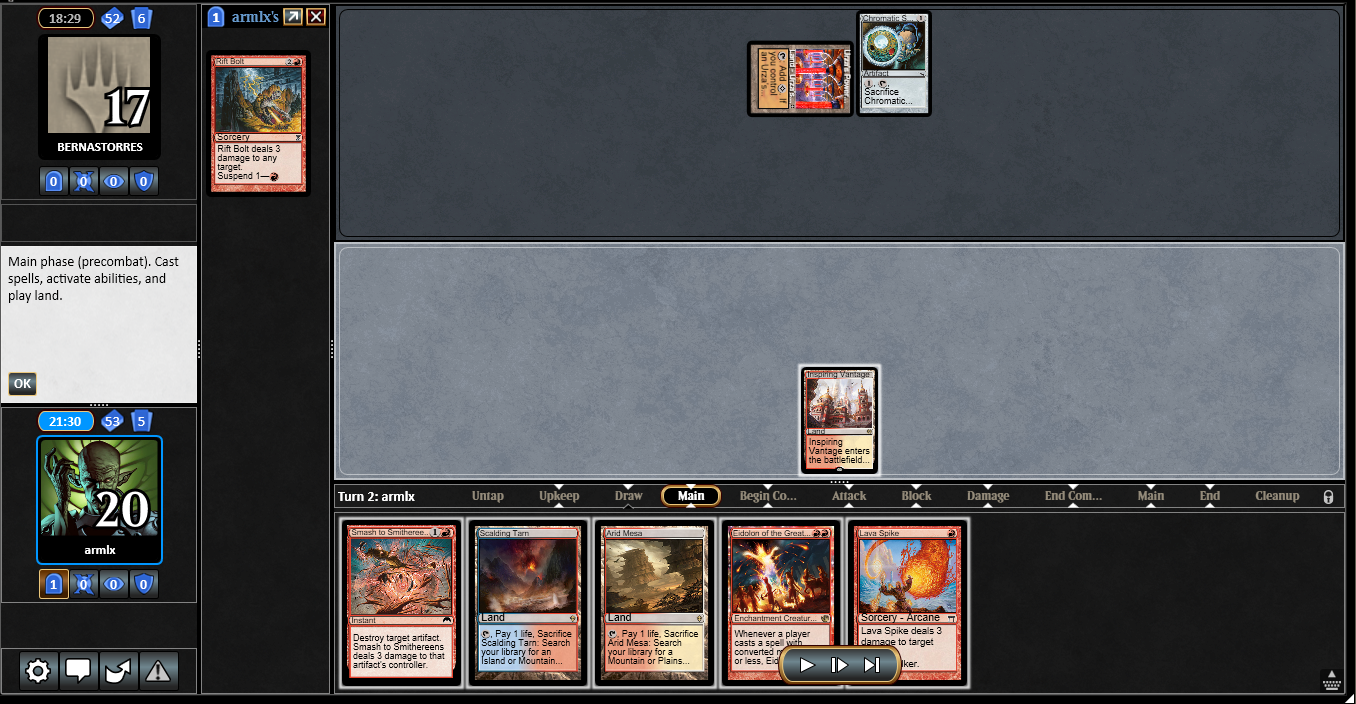
Eidolon of the Great Revel often asks you to know how both players are
going to die really early. We are going to talk about scenarios where it
isn’t right to jam it on turn 2.
Here was my big punt of the event:
I wanted to land Eidolon of the Great Revel and try to steal a game from a
worse hand, but I should have gone for the crippling Smash to Smithereens
play. If they don’t have Sylvan Scrying, I’m doing fine anyways. If they
do, and they kept a seven-card hand so they probably do, it’s going to take
them an extra turn to assemble Tron, and Eidolon of the Great Revel is
getting the damage anyways. Smash to Smithereens probably costs both of us
a turn, but I get damage out of it and they don’t get to turn 3 Tron.
That’s better.
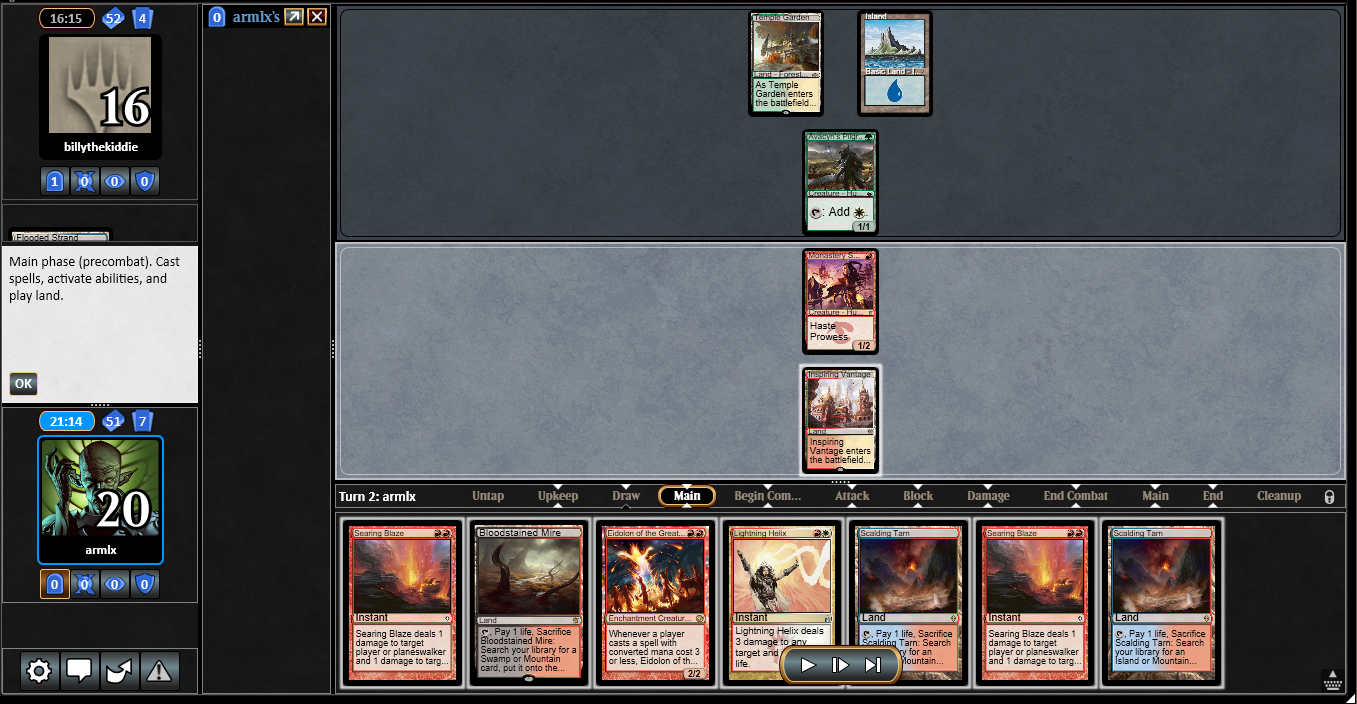
Here’s another one. Our opponent is a Bant Humans deck that features Spell
Queller and Collected Company. News flash, they obviously have Spell
Queller in hand.
The way we easily lose this game is if they Spell Queller our play, then
Collected Company. Eidolon of the Great Revel against their four-cost spell
and clock is going to quickly flip from damage to liability, and a card
stuck under Spell Queller is also bad.
We want to keep them off Collected Company, so we want to connect Searing
Blaze with Avacyn’s Pilgrim. If we fire immediately, they Spell Queller, so
our play is to wait and upkeep it if they do nothing.
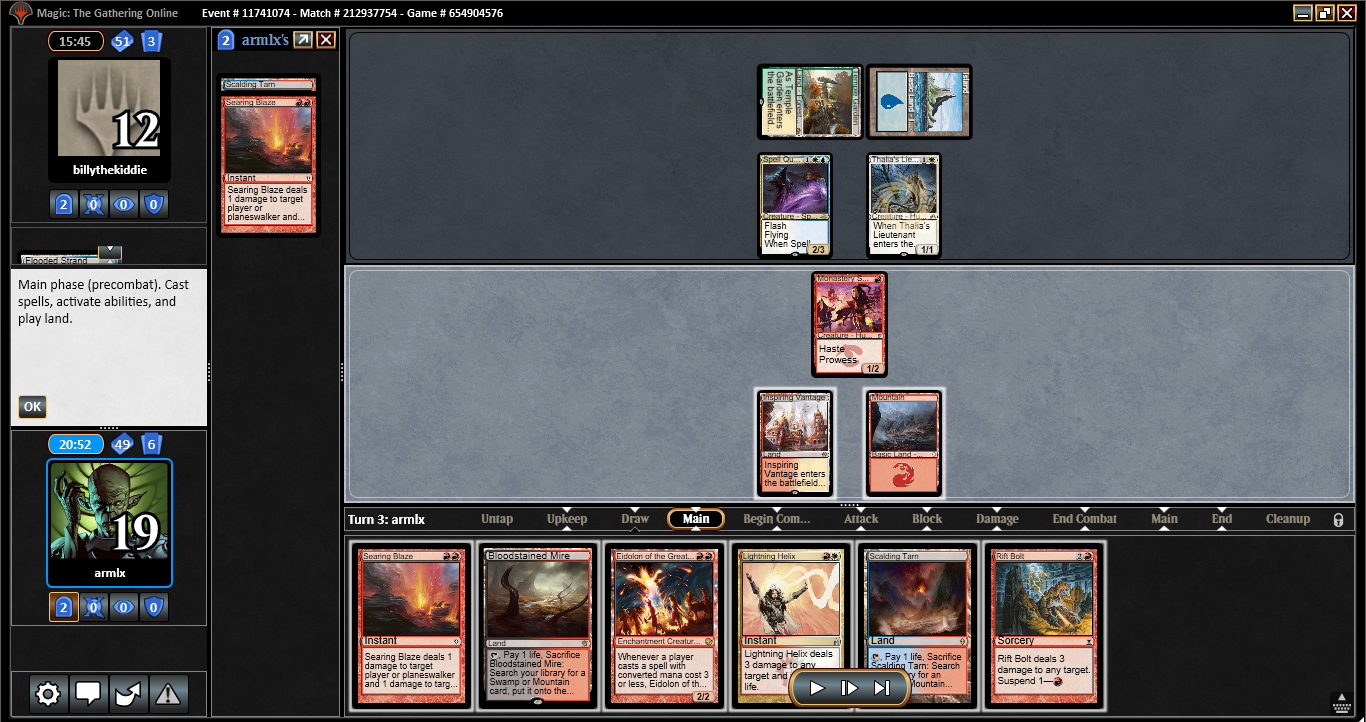
They end of turn’ed their Spell Queller for beatdown value, so I Searing
Blaze’d their Pilgrim while they were tapped out. They missed their land
drop and played a lonely Thalia’s Lieutenant, at which point Eidolon of the
Great Revel was an auto slam as they aren’t coming close to winning the
game without casting low drops into it, at which point they die.
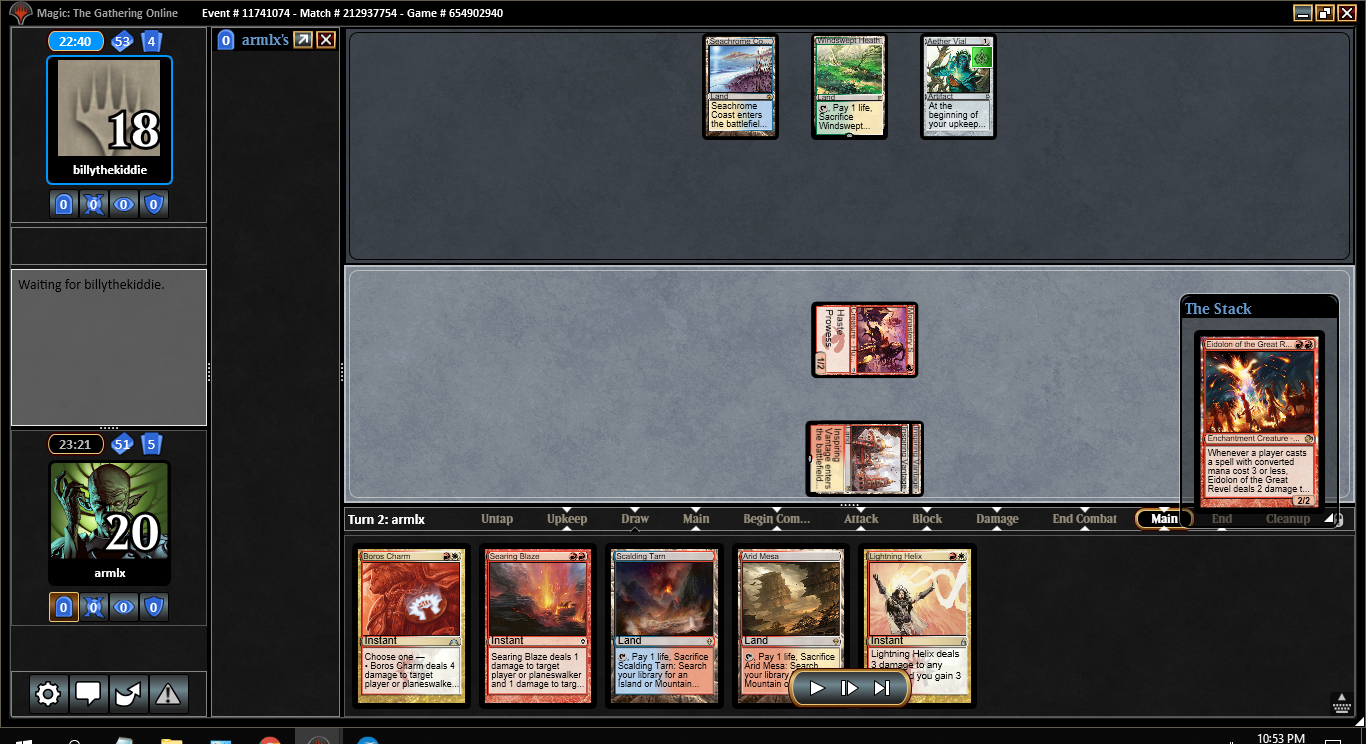
A similar scenario happened in game 1. At this point, we don’t know they
are Humans and not Spirits, so let’s break it down. I’m not sure my play
was right, and I’m willing to take any counterarguments on social media or
in the comments.
Aether Vial is their best way to mitigate Eidolon of the Great Revel, but
there’s several things pushing you to cast it anyways. A Vial on one
represents a Mausoleum Wander to break up your two-drop burn spells, even
if it could also mean Noble Hierarch into Collected Company. The bigger
tell is the lack of a two-drop hardcast. That puts their hand on lots of
three-drops, and they’re going to have to cast those to clock you in time.
That puts them back to playing into Eidolon of the Great Revel, so you cast
it.
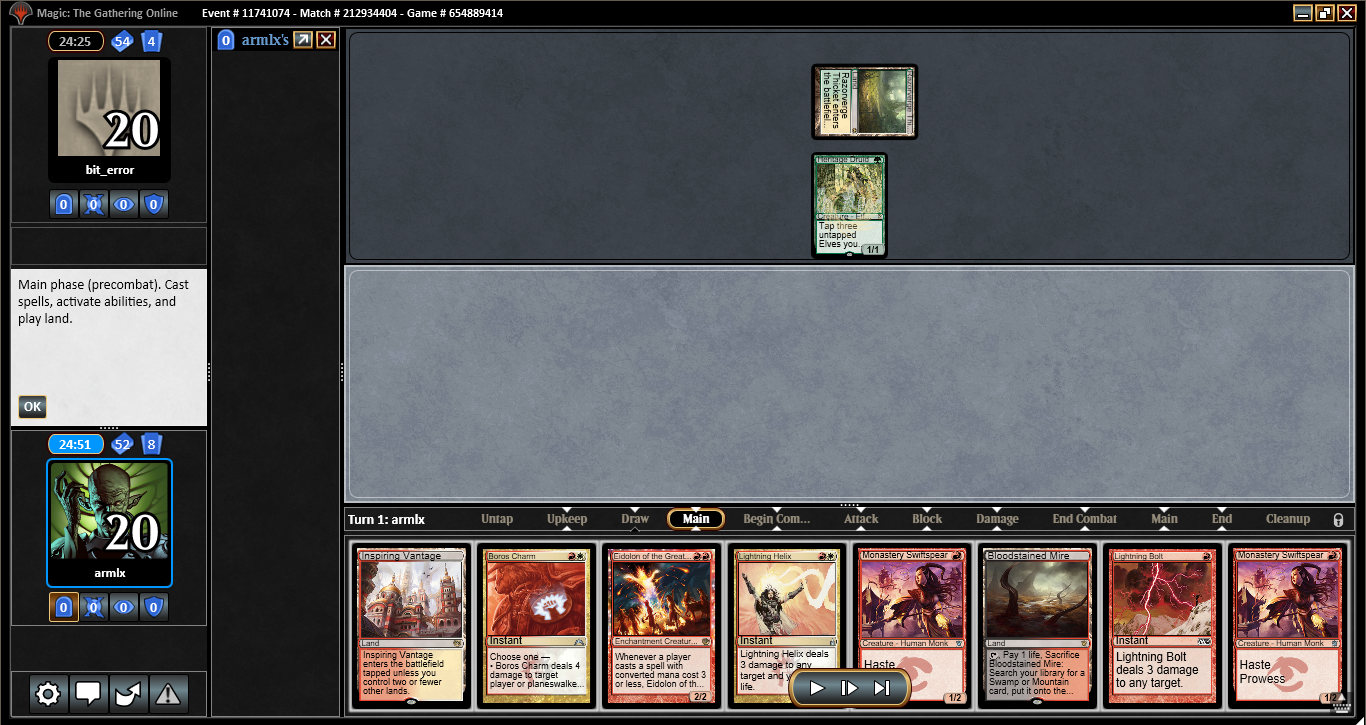
What about other times you might skip a creature?
Here my opponent has mulliganed, scryed to top, and led on Heritage Druid.
I played a Bloodstained Mire and passed with Lightning Bolt up.
I assumed the easiest way to lose was just get deluged by Elves early.
Since my opponent was down a card and didn’t lead on a Llanowar Elves, I
thought they might have trouble rebuilding and would stumble into Eidolon
of the Great Revel. Their most likely play to Druid off is also with
Dwynen’s Elite, a card that I can turn into Grizzly Elves with a Bolt on
their lone creature. They could have a three-drop Elvish Archdruid or
Ezuri, Renegade Leader I need to kill, but I have the Lightning Helix.
Beyond the Helix, my hand is loaded on creatures. Big lesson here: If you
have creatures that continue to attack well, it makes it much easier to
justify blowing a Lightning Bolt on their creature. Your damage cap isn’t
absolute and increases rapidly over time like a normal deck.
My end reward this game was catching them with a Devoted Druid-heavy hand
with no efficient plays or fourth land. I got to Lightning Bolt the first
one, stick Eidolon of the Great Revel, and just kill them up the curve.

Another subtle one I missed at first was against Counters Company. Again, a
mulligan from our opponent, in case you still wondered how I won the event.
Because I have Searing Blaze and creatures and they’re on a mulligan, I’m
in a good spot to peg things down. Letting them play a three-drop Kitchen
Finks on turn 2 is going to blank my Goblin Guide anyways, and cutting them
off Chord of Calling or Collected Company is huge. The bit I missed is the
implication of their full damage fetch. Why would they do that unless they
were land-light? Killing Birds of Paradise is the right play by a mile.
My Skullcrack also lined up with their Burrenton-Forge Tender two turns
later that tried to block. A reminder that stopping damage prevention blows
out protection from red creatures that blocked.
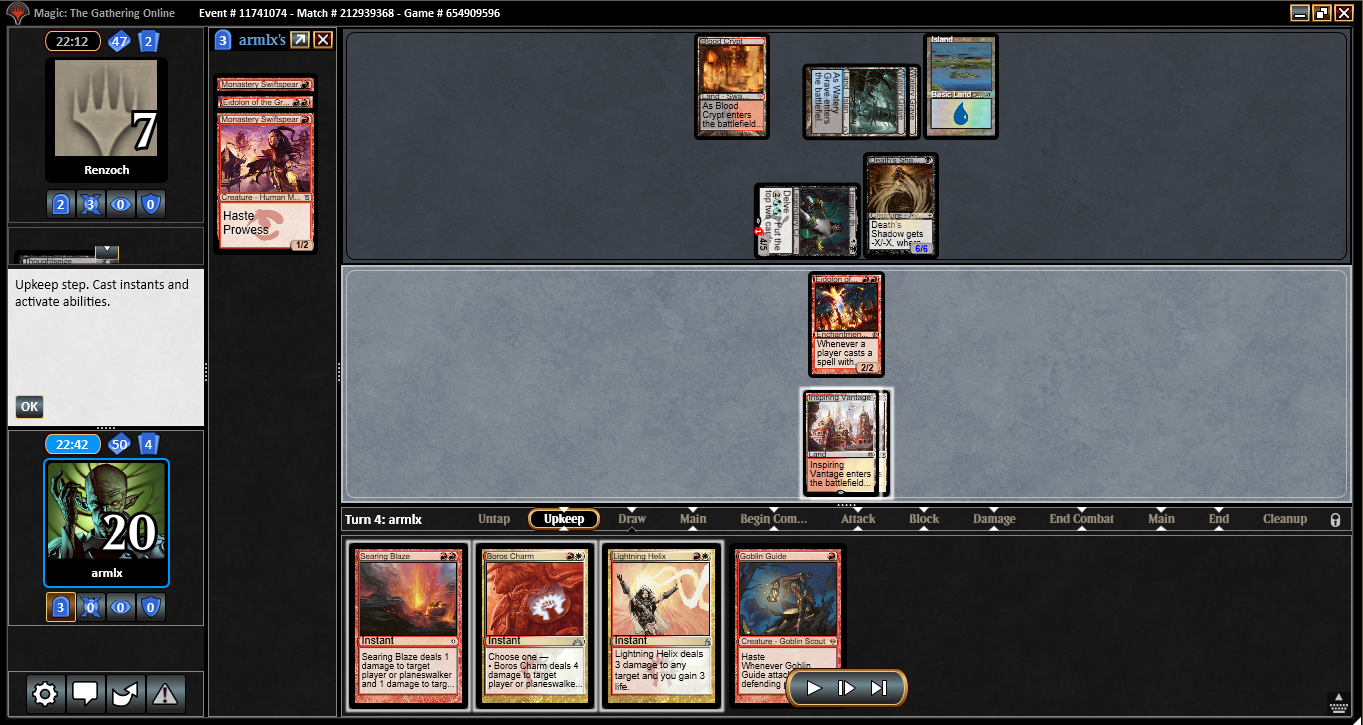
A final quick word on the Death’s Shadow matchup. The goal is to kill them,
not die to an attacking Death’s Shadow. That often involves Temur Battle
Rage math, and Eidolon of the Great Revel is one of your best tools.
Here I elected to chump block Tasigur, the Golden Fang a turn early with
the Monastery Swiftspear in my graveyard. This way I can block Tasigur
again with Eidolon of the Great Revel, letting Death’s Shadow through. To
kill me they would need to drop life and cast Temur Battle Rage, at which
point my burn is going to be lethal in response. Note that blocking the
Shadow next turn is bad as trample is going there if I’m going to die, so
it saves less damage.
A Closing Sideboard
It’s basically malpractice to write a technical play primer these days and
drop the sideboard guide. This isn’t the full one, but it’s a partial one
along with the rules to get the rest of the way. The Burn sideboard is
rather simple, especially when you’re playing thirteen blatant hate cards.
Follow these guidelines:
Cutting any of your one-cost spells besides Grim Lavamancer requires
something really weird. Maybe some 1% matchup calls for it, so feel free to
ask if you think of an exception. And yeah, Rift Bolt costs one.
Searing Blaze is bad if they don’t have to play a creature to win or if
they have discard spells. Liliana of the Veil often strips your extra land
drops for it, and it never kills a Death’s Shadow, making it a conditional
three damage for two mana.
Eidolon of the Great Revel is worse if they’re pressuring your life total
better than you’re killing them. On the draw, I often cut one against
aggressive decks, aside from the Burn mirror where it messes stuff up to
have a repeat attacker that keeps their spells at parity.
Eidolon of the Great Revel is also bad if they kill you without really
casting spells into it. Alternatively, maybe you just need to leave up
Skullcrack on two mana too often. These are weird corner cases, and often
you still want a couple to draw but never multiples and not often. This
also often requires you leaving in Searing Blaze or wanting more sideboard
cards than just four. Dredge is the best example. BridgeVine on the play is
going to explode out underneath Eidolon. Amulet Titan can do similar things
and you really want Searing Blaze and Searing Blood against the latest
Skyshroud Ranger lists.
You might want to sideboard out Skullcrack a bunch, but it’s usually wrong.
Boros Charm’s extra white cost resulting in painful fetches is often more
of a liability against creatures, and Lightning Helix is often the same but
slightly harder to cast if you aren’t killing a creature. Boros Charm
notably doesn’t change multiple-of-three math that much against
non-fetching Hardened Scales or Humans.
Only sideboard in a card if it’s going to be consistently good every time
you draw it. At most, bring in a small number over other bad cards. That
means no Rest in Peace against Golgari decks unless they’re all-in on
Traverse the Ulvenwald. Don’t have all your Smash to Smithereens and Path
to Exile against Amulet Titan.
The Day[9] message strike again: The best plan against almost anything is
just go eff-ing kill them.
Some of the basic intuitive plans:
VS Bant Spirits/Humans
Out:




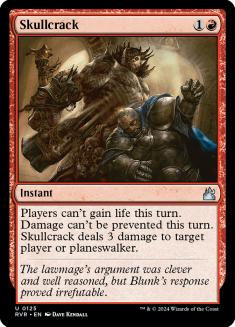
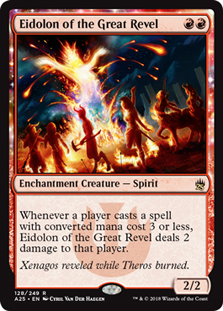

In:

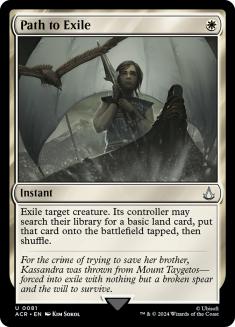
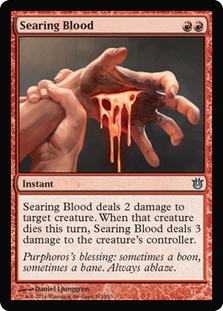



Skullcrack comes out on the play, Eidolon of the Great Revel on the draw.
Out:






In:






Same play-draw split as before.
VS Mono-Green Tron
Out:
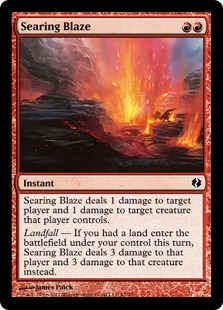




In:





Grim Lavamancer isn’t great either, but it costs one.
VS Fair Decks (Grixis Death’s Shadow, Jund, Golgari)
Out:



In:



Jeskai and Azorius Control are similar, just with Searing Blaze staying
over Path to Exile in the hopes it hits a Snapcaster Mage.
VS Ironworks
Out:









In:









Grim Lavamancer and Rest in Peace are not friends. Lining up Skullcrack
against Nature’s Claim is loose. Lightning Helix at least might kill Scrap
Trawler.
VS Izzet Phoenix
Out:


In:


Graveyard hate is stupid against Izzet Phoenix. Save it for the Bedlam
Reveler lists. If they’re a maniac with Flameblade Adept or other small
bodies, you probably want Searing Blood over more Skullcrack. If they’re a
double maniac with Hollow One, I wouldn’t go into Smash to Smithereens
until they show you a Dragon’s Claw.
VS Dredge
Out:







In:



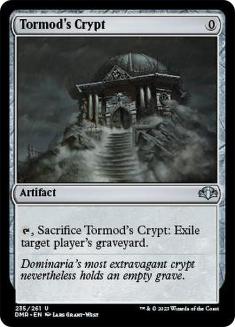



Path to Exile hits one creature, not all of them. The numbers on Searing
Blaze and Eidolon of the Great Revel aren’t a science here, just cut what
seems like a good mix liability creature and conditional burn until you
have all the hate in.
When in doubt, sideboard less. I may have made Burn seem difficult, but the
core is simple. Your cards deal damage. If the card is likely worse than
dealing damage, don’t play it.



